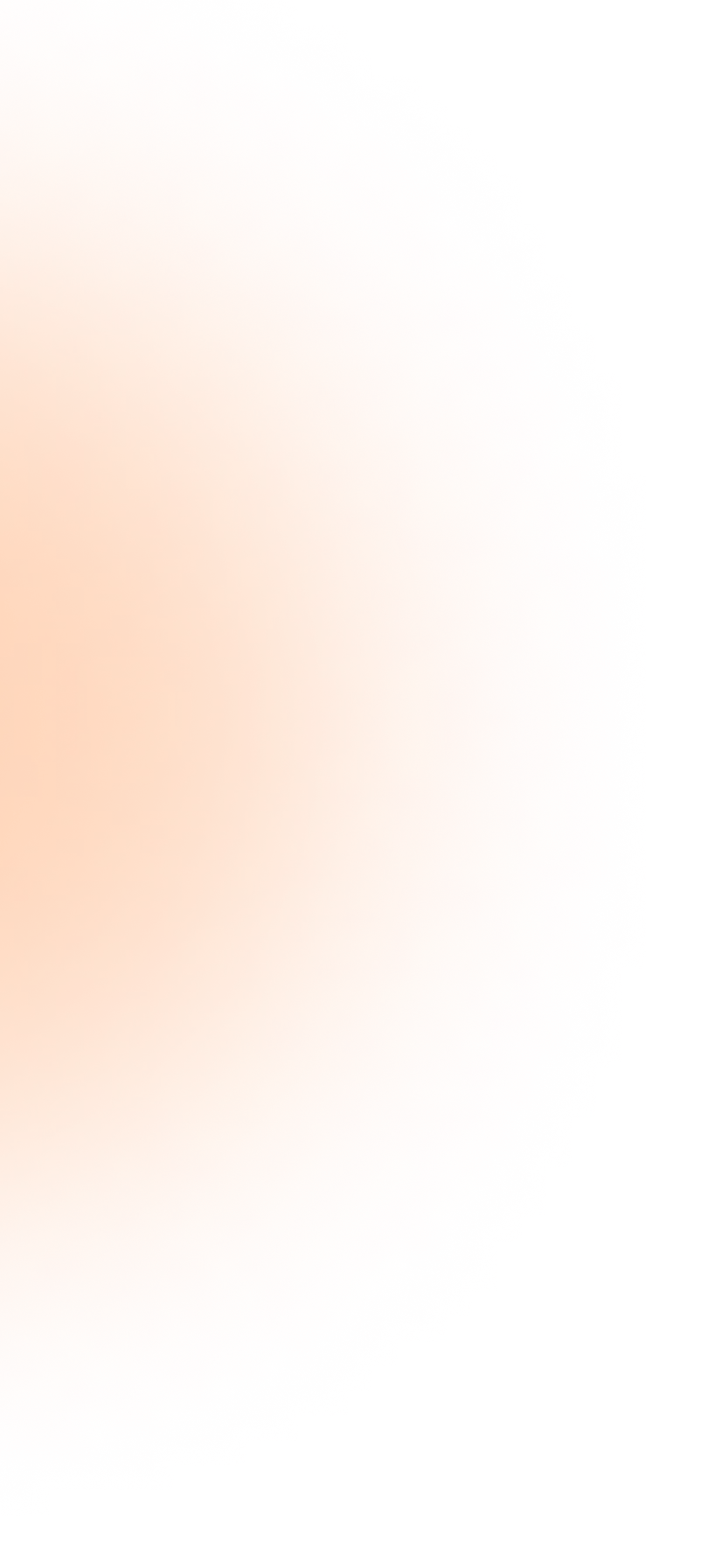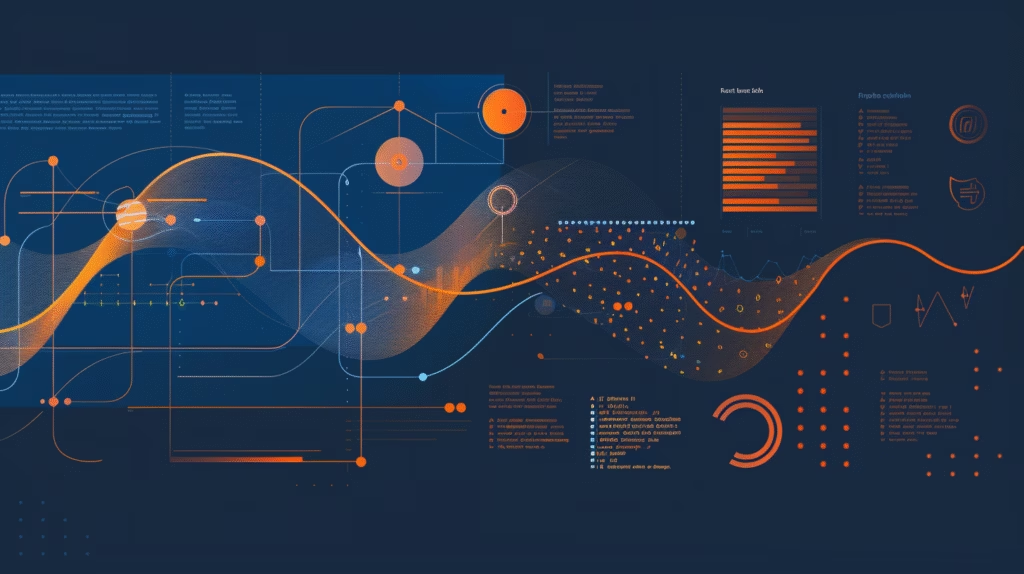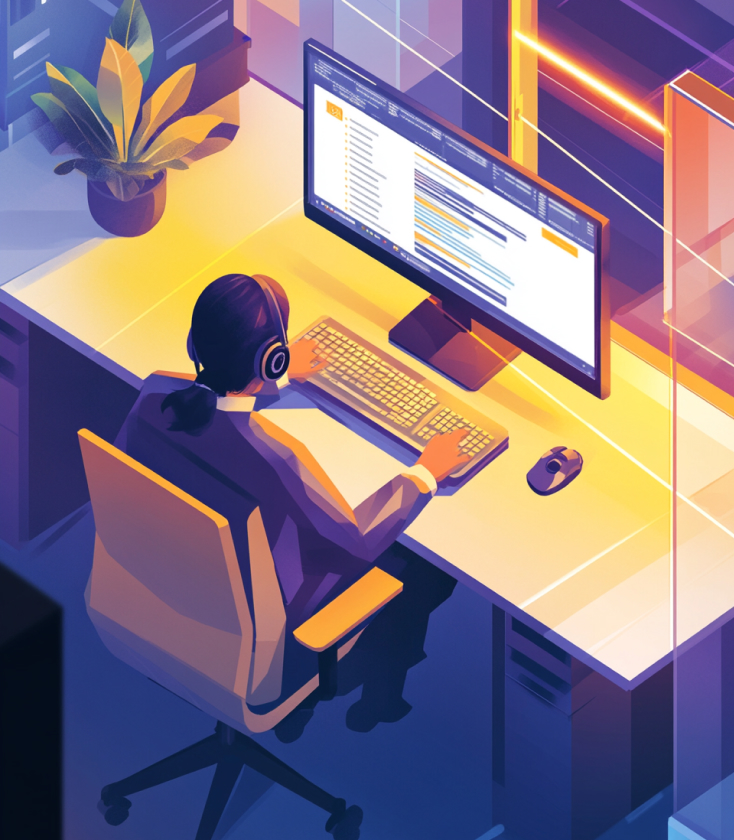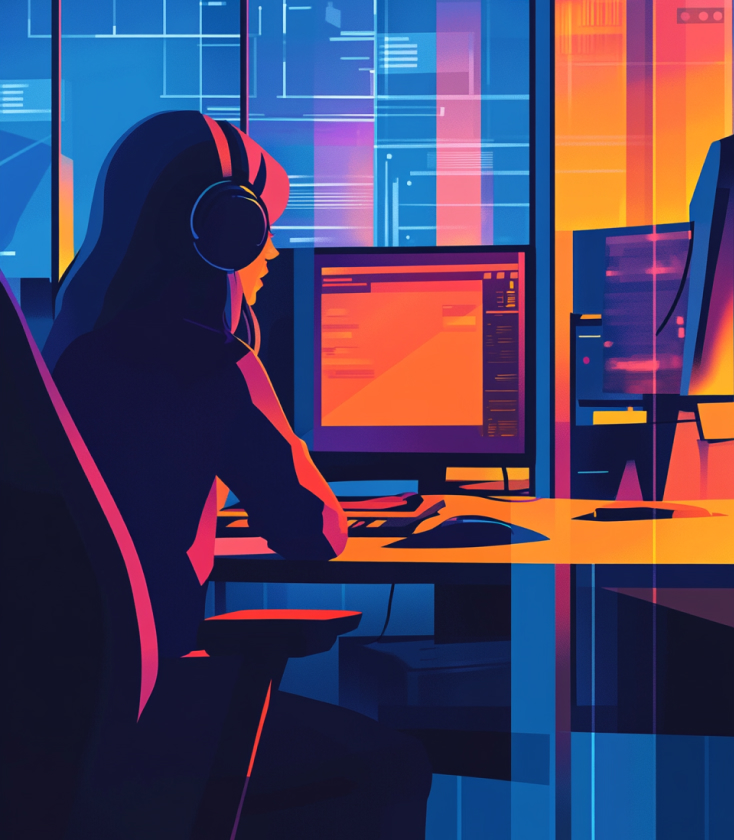Hunt Group vs. Call Queue: What is the difference and when to use each
Businesses receive calls. It’s a fact of life, like taxes or people who chew with their mouths open. What’s less certain is how those calls get routed once they hit your business phone system. For many organizations, the choice comes down to two options: Hunt Groups or Call Queues. Understanding the difference between these two call routing methods isn’t just technical trivia—it could be the difference between happy customers and people who hold a grudge against your company longer than they have been paying on their student loans.
What is a Hunt Group?
Hunt Groups (sometimes called “ring groups”) represent one of the oldest and simplest forms of call routing in telecommunications history. Think of them as the flip phone of call distribution—basic, reliable, and surprisingly effective despite their simplicity.
When a call comes in to a Hunt Group, the system “hunts” through a predetermined list of extensions or users until someone finally picks up the phone. It’s essentially a game of telephone tag where the system does all the tagging for you.
Hunt Groups typically use one of several common patterns:
- Simultaneous Ring: All phones in the group ring at once, creating a chaotic chorus of ringtones that would make any office worker question their career choices. The first brave soul to answer gets the call.
- Sequential (or Linear) Hunt: The system rings one person first, waits a bit, then tries the next person if there’s no answer. It’s like passing a hot potato, except the potato is an angry customer wondering why they’ve been on hold for so long.
- Round Robin: Calls rotate evenly among available users, ensuring workload balance. Think of it as the telecommunication equivalent of “sharing is caring”—everyone gets their fair share of calls whether they want them or not.
The beauty of Hunt Groups lies in their simplicity—they just ring phones in a defined order or pattern. There’s no login required, no presence management, and definitely no PhD in telecommunications needed to understand how they work. They’re the “set it and forget it” option of call routing.
What is a Call Queue?
Call Queues, by contrast, are the sophisticated cousins who went to business school. These systems are typically used in contact centers or customer service environments where call volume management is essential.
When all agents are busy (or pretending to be busy), callers are placed in a virtual “line” (the queue) where they wait for the next available agent. While waiting, they might hear estimated wait times, position updates, or hold music that was apparently selected by someone who actively dislikes humanity.
Call Queues utilize intelligent routing based on several factors:
- Agent availability (based on login status)
- Skills or departments (ensuring the call goes to someone who can actually help)
- Priority levels (VIP customers jump ahead, because money talks)
- Wait time and call volume (distributing the suffering equally)
Unlike Hunt Groups, Call Queues require agents to log in to start receiving calls. This allows supervisors to monitor real-time performance, track metrics like average handle time, and determine which agents are mysteriously taking twice as long on their bathroom breaks as everyone else.
The queue system can also provide callers with information about their position, estimated wait times, and on-hold music—all of which helps reduce call abandonment rates (or at least gives callers something to complain about besides your actual service).
The Key Differences in Hunt Groups vs. Call Queues: Simplicity vs. Control
At their core, Hunt Groups and Call Queues represent two fundamentally different approaches to managing inbound calls—one is a hammer, and the other is a Swiss Army knife.
| Feature | Hunt Group | Call Queue |
|---|---|---|
| User Involvement | Passive—calls route automatically | Active—agents must log in/out of queues |
| Routing Logic | Simple patterns (simultaneous, sequential, round robin) | Dynamic based on availability, skills, priorities |
| Customer Experience | Caller may hit voicemail if all lines busy | Caller waits in line with messages or hold music |
| Reporting | Very limited (basically “calls happened”) | Advanced—track wait times, agent activity, service levels |
| Scalability | Best for small teams | Designed for call centers or support operations |
| Setup Complexity | Quick and easy | Requires configuration and agent training |
Call Queues, however, provide control and visibility that Hunt Groups can only dream about. Supervisors can see:
- Real-time queue lengths (how many callers are contemplating their life choices while waiting)
- Agent performance metrics (who’s actually working and who’s just collecting a paycheck)
- Wait times and abandonment rates (how many customers gave up and called your competitors)
- Call outcomes (was the customer’s problem solved, or did they just stop yelling long enough to hang up?)
The most common pain point with Call Queues isn’t technological—it’s human error. Because agents must log in to receive calls, problems often arise when:
- Someone forgets to log in at the start of their shift (most common problem)
- They go to lunch without logging out (letting calls ring into the void)
- They stay in “available” status while actually playing mobile games at their desk
These small mistakes can have a big impact on queue performance and customer wait times, making proper training essential. It’s why Call Queue managers often develop that eye twitch you’ve probably noticed and pound coffee like it’s the last remaining natural resource on Earth.
When to Use Hunt Groups
Hunt Groups shine in several specific scenarios where simplicity trumps sophistication:
- Small Teams and Simple Routing: If your organization only needs to ring a handful of people when a customer calls—like your sales team or front desk—a Hunt Group is ideal. It’s fast to set up and requires less maintenance than a houseplant.
- Departments Without Dedicated Agents: For teams where answering the phone is only part of someone’s job (e.g., office managers, IT staff, administrators), a Hunt Group minimizes disruption. They don’t need to “go available” or “log in.” Calls just arrive as part of their regular workflow, like unexpected meetings or paper cuts.
- When Simplicity Matters Most: Hunt Groups excel in environments where ease of use outweighs detailed analytics. If your main goal is “just get the call to someone who can help” and you’re not tracking metrics like average handle time or abandon rates, this is the right choice. It’s the communications equivalent of a restaurant with five items on the menu—limited options, but at least you’ll get fed.
When to Use Call Queues
Call Queues are the preferred option for businesses with specific needs:
- Customer Service or Support Teams: Call Queues are built for structured environments where you manage a steady volume of inbound calls—like a help desk, service center, or dispatch team. The ability to track who’s available, who’s busy, and who’s suspiciously “in the bathroom” for the third hour straight makes them ideal for accountability.
- When Reporting and Accountability Matter: If your business relies on metrics like average wait time, abandonment rate, or agent productivity, then you need a Call Queue. Without proper reporting, you’re essentially flying blind—making decisions based on gut feelings rather than actual data (a strategy that works about as well in business as it does in brain surgery).
- When You Need Skill-Based or Intelligent Routing: Call Queues can use logic that Hunt Groups can’t, like routing VIP customers to senior agents or prioritizing urgent calls. These advanced capabilities help improve both efficiency and customer experience.
Common Pitfalls and How to Avoid Them
Businesses implementing either system often stumble into predictable traps. With Hunt Groups, the most common issue is the “everyone thought someone else would answer” syndrome, resulting in calls bouncing through the entire group only to land in voicemail. With Call Queues, it’s the “forgot to log in” phenomenon that sends calls to agents who aren’t actually there, like sending calls into a digital void where they drift aimlessly, never to be answered.
How Techmode Solves Hunt Groups vs. Call Queues
Techmode doesn’t just toss you a communications platform and wish you good luck. With our white glove installation services, we’ll work alongside you to determine whether Hunt Groups, Call Queues, or a strategic blend of both makes sense for your specific business needs. Our team brings 20+ years of experience to the table—we’ve seen what works and what causes managers to develop premature gray hair. Unlike providers who install systems and disappear faster than free donuts in a break room, we aren’t just there to cash your check. Our U.S.-based concierge support team (with an industry-leading NPS score of 85—compare that to RingCentral’s measly 34) stays engaged to ensure your business communications actually function smoothly, whether you’re routing calls to five people or five hundred.
FAQ: 5 Common Questions About Hunt Groups and Call Queues
Q1: Can we use both Hunt Groups and Call Queues together?
A: Absolutely! Many businesses use Hunt Groups for initial call distribution and overflow to Call Queues when volume increases. It’s like having both a bicycle and a car—different tools for different situations.
Q2: How many people should be in my Hunt Group?
A: Generally 3-7 people works best. Too few and you risk calls going unanswered; too many and you’ll have the “someone else will get it” problem. It’s like a group project—optimal with just enough people to do the work but not so many that everyone assumes someone else is handling it.
Q3: Do Call Queues really increase customer satisfaction?
A: They can—when implemented properly. Customers appreciate knowing their position in line, estimated wait times, and especially the option for automatic callback so they don’t have to waste precious minutes listening to “your call is important to us” while clearly being ignored.
Q4: What’s the biggest mistake companies make with call routing?
A: Not aligning the technology with their team structure. Forcing a small team to use a complex Call Queue system is like buying a commercial jet to commute to work—expensive overkill that creates more problems than it solves.
Q5: How difficult is it to switch from Hunt Groups to Call Queues?
A: With the right provider (ahem, Techmode), it’s surprisingly simple. The bigger challenge is typically adapting team behaviors to the new system—humans are creatures of habit who generally prefer complaining about old problems to learning new solutions.











